We were lucky to catch up with Naomi Nelson recently and have shared our conversation below.
Naomi, thanks for taking the time to share your stories with us today Let’s start with what makes profitability in your industry a challenge – what would you say is the biggest challenge?
One of the biggest challenges to profitability in fashion—especially for a brand focused on upcycling—is finding a way to stay financially sustainable without compromising ethics. Fast fashion profits from cutting corners, producing in bulk, and prioritizing speed over responsibility, but when each piece is hand-painted, costs naturally rise. There’s a constant pressure to scale or simplify the process in ways that go against the values behind the work. Profitability becomes a balancing act: trying to survive in a system designed for disposability while staying committed to a slower, more intentional way of creating. There is inherently more value in owning something that can’t be replicated or mass-produced – anyone can walk into an Urban Outfitters and buy a cool shirt, but Saved pieces are one-of-one. In a culture where clothing is often treated as expendable and impersonal, offering something unique invites people to slow down and see what they wear as an extension of identity, not just a trend.
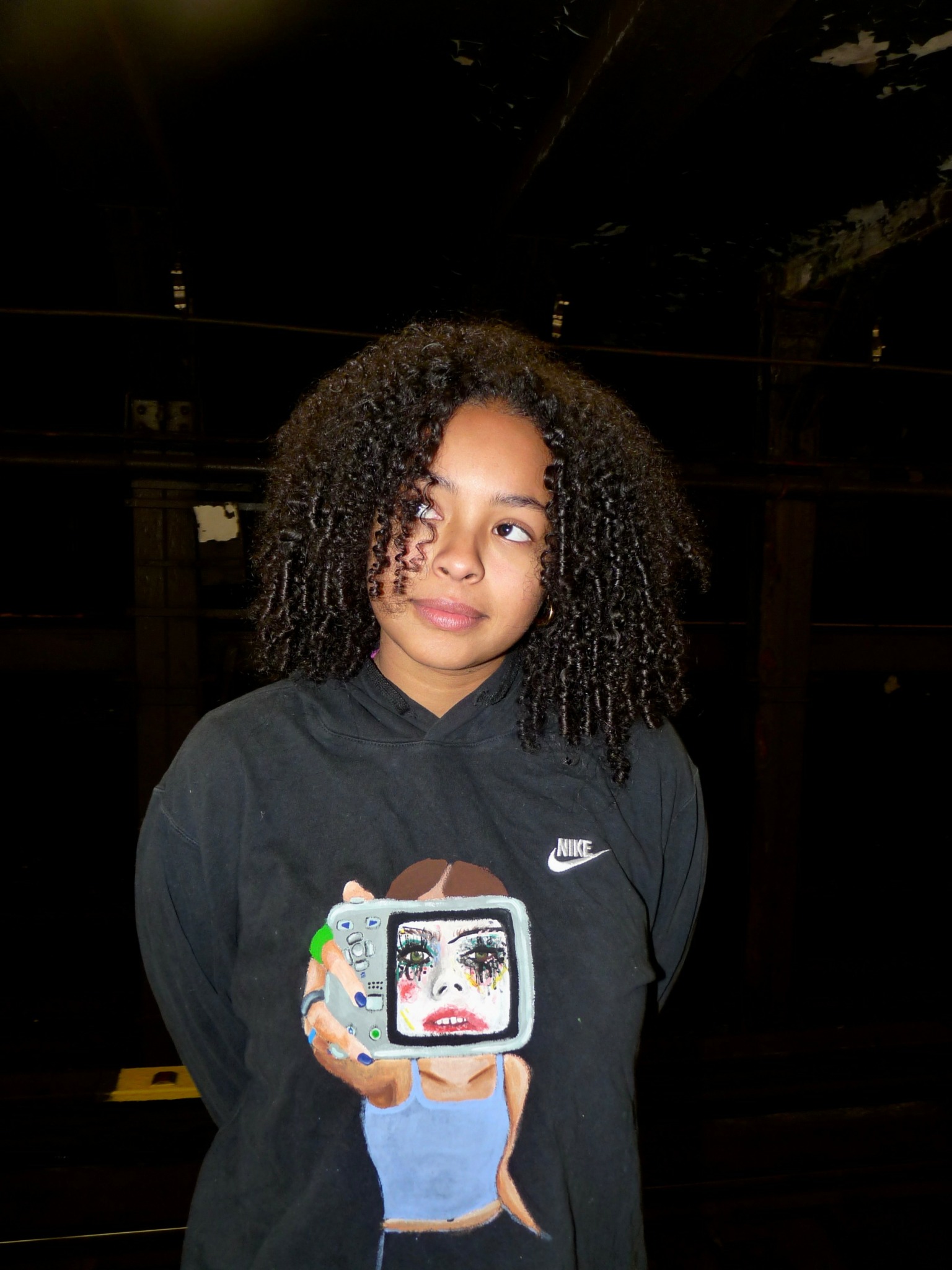
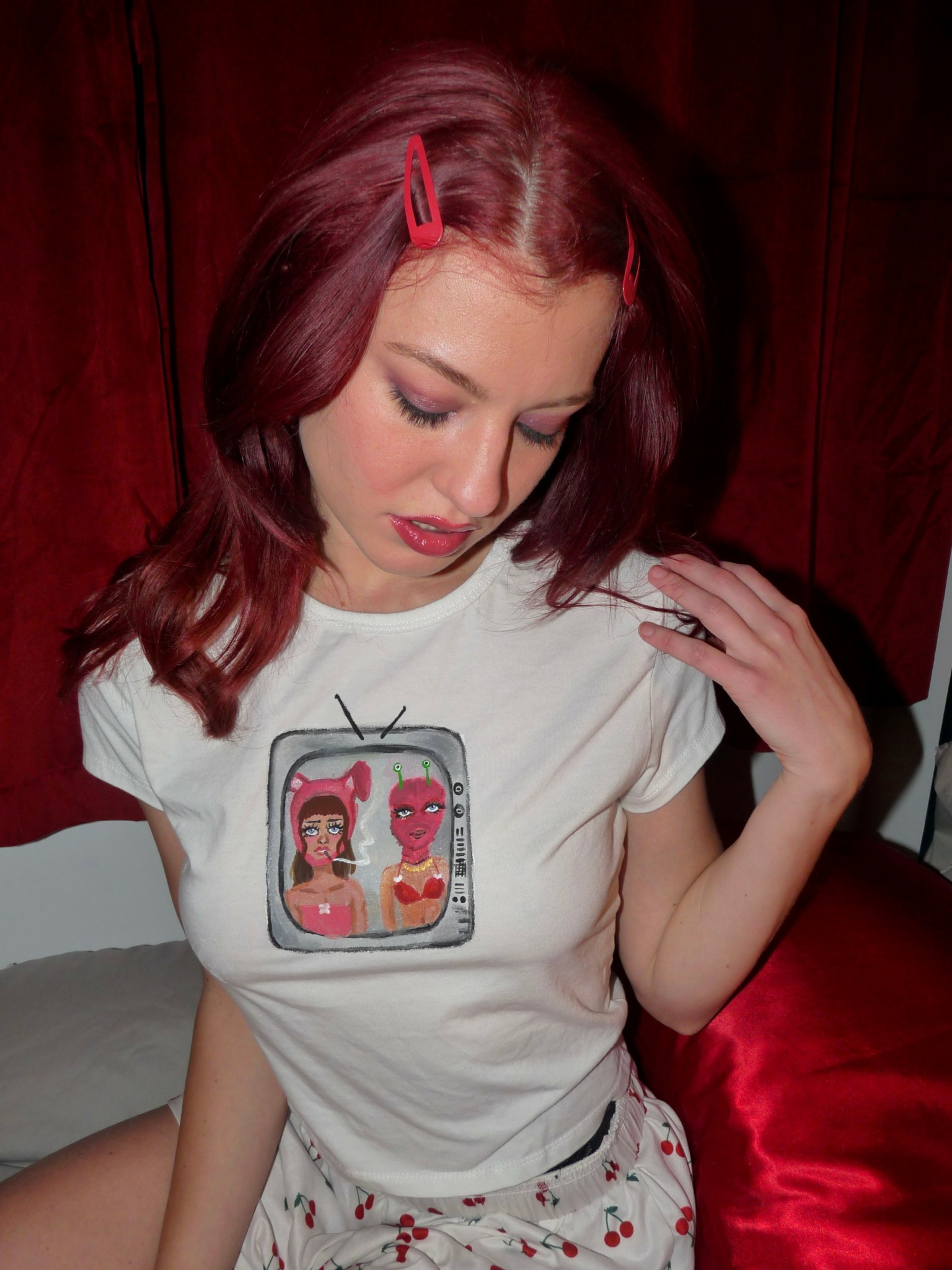
Naomi, love having you share your insights with us. Before we ask you more questions, maybe you can take a moment to introduce yourself to our readers who might have missed our earlier conversations?
I started Saved because I’m always looking for ways to alter my own clothing to fit my current obsession or imitate something I’ve been inspired by. The first shirt I painted on was a plain tank top I bought back in 2017 and was about to toss out. I’m a visual artist by trade, and it dawned on me that the fabric was essentially an unstretched canvas. I painted two strawberries on the front, and I was surprised by how much I liked the results. This was now a shirt I actually wanted to wear—a shirt I would’ve paid for. That moment showed me how much creative power I already had; the only difference between the clothing I admired in stores and what I already owned was how much time and imagination I was willing to dedicate. As I’ve continued, I’ve shifted further toward liking my own creations more than anything I could buy.
That moment became the foundation that launched Saved. At Saved, I hand-paint and print original designs on clothing that I source from secondhand stores, the curbside of Brooklyn, donations, and my own closet. I think about what I wish these pieces looked like, and using my creative vision, I transform them and sell them as wearable art. In addition, I also do commissioned work, painting customized images on customers’ clothes to reinvent them into something they’re excited to wear more often. Beyond creating the clothes, I also style and photograph Saved looks to shape the brand’s visual world. Style has the power to make you feel confident and comfortable in your skin, and I’ve found so much joy in sharing that. It’s brought me an unexpected sense of community and connection, and it’s deepened my love for fashion as a form of self-expression.
Saved is a way for me to root my art in my activism. By saving clothes, I’m fighting the damaging consumer culture we live in and promoting an alternative option that is both creative and conscious. It’s about proving that we already have enough, and that beauty does not come from accumulating more. This is a movement that values creativity over convenience, and self-expression over sameness.


What’s worked well for you in terms of a source for new clients?
Wearing my designs has been the most effective way to connect with new clients. When someone compliments my shirt, it opens the door to share my business naturally. And when I’m already talking about my work, wearing one of my designs is far more impactful than just showing photos—it gives people a tangible sense of what I do and often sparks immediate interest. Being based in New York City has been especially powerful, since fashion is woven into the city’s culture and people here are always on the lookout for unique, expressive styles, making them a receptive and engaged audience.
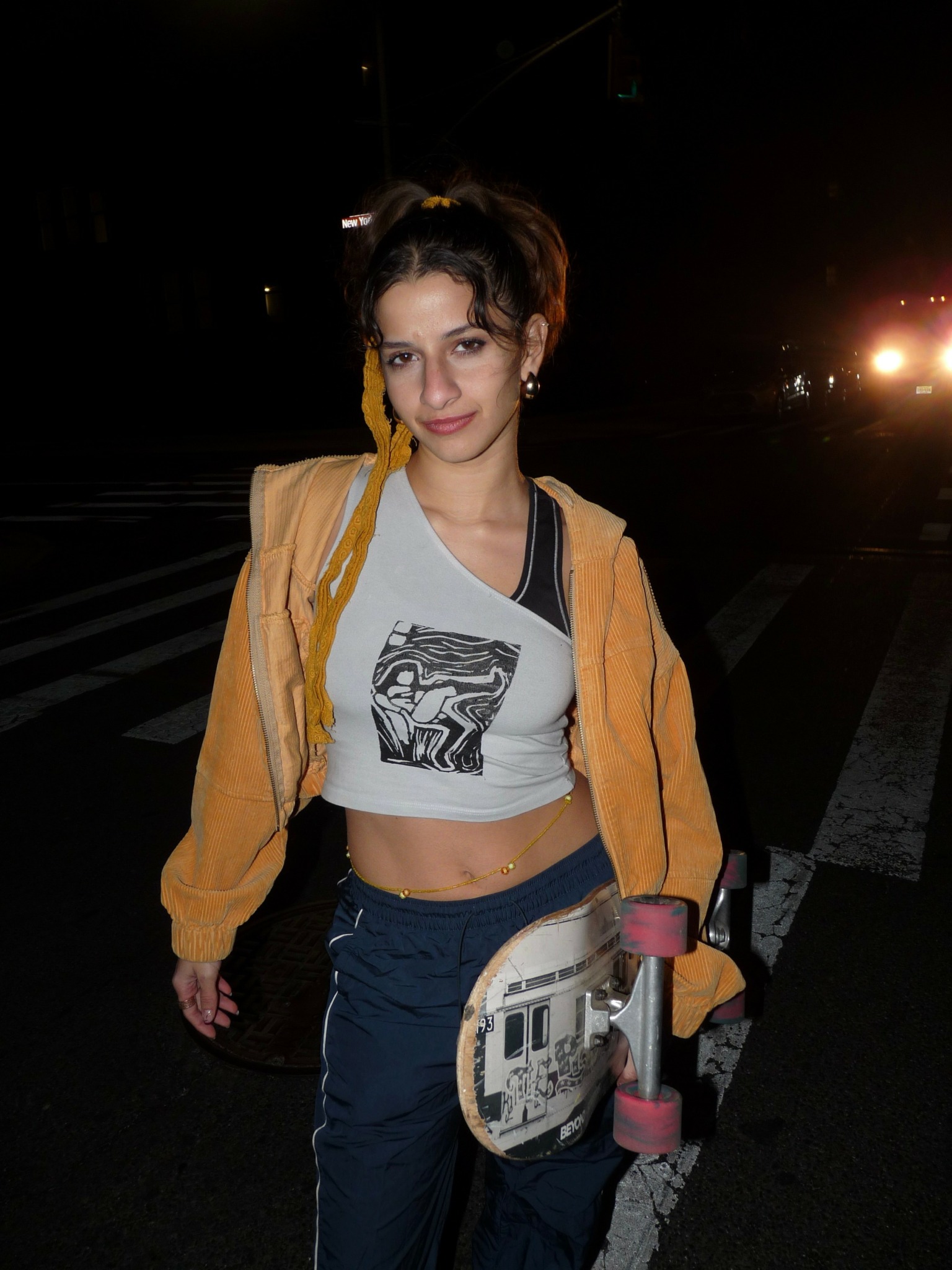
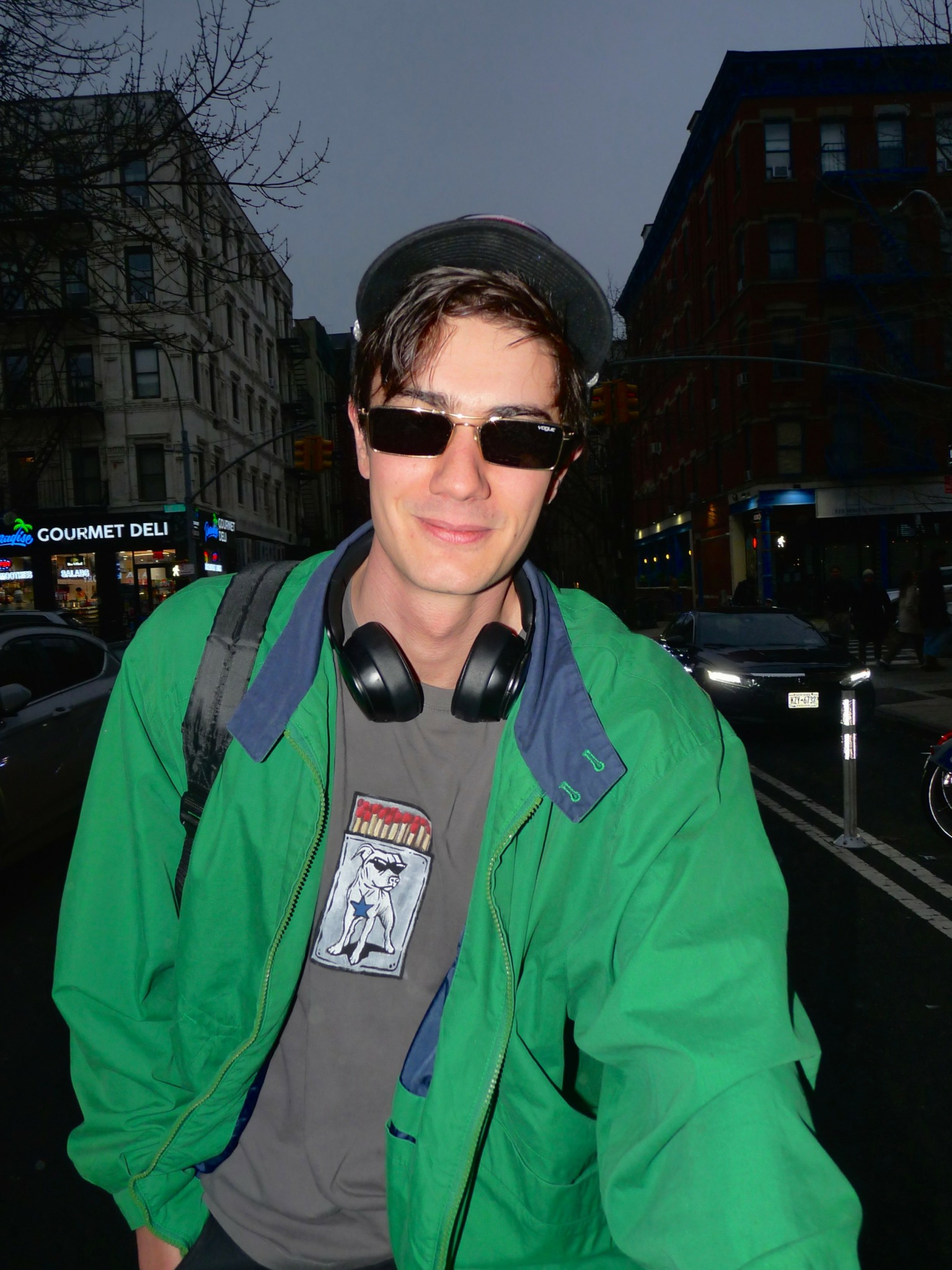
Is there something you think non-creatives will struggle to understand about your journey as a creative?
With AI making it so easy to generate endless images, and as hand-made craft becomes increasingly rare, the value of true handwork only grows. Visually, this makes the presence of brushstrokes and texture even more important in artwork—they become the unmistakable signature of a human artist and a mark of originality. These physical details carry the time, intention, and energy of the artist, and that’s what makes handmade work irreplaceable. I’m not afraid of AI replacing artists, because as long as artists continue to create, they provide competition in the market. Yes, some people will choose to use AI to outsource artists, but as long as there’s a choice, there will always be those who prefer to work with artists and value their unique creativity.
Contact Info:
- Website: https://www.savedstyles.com
- Instagram: @saved_styling
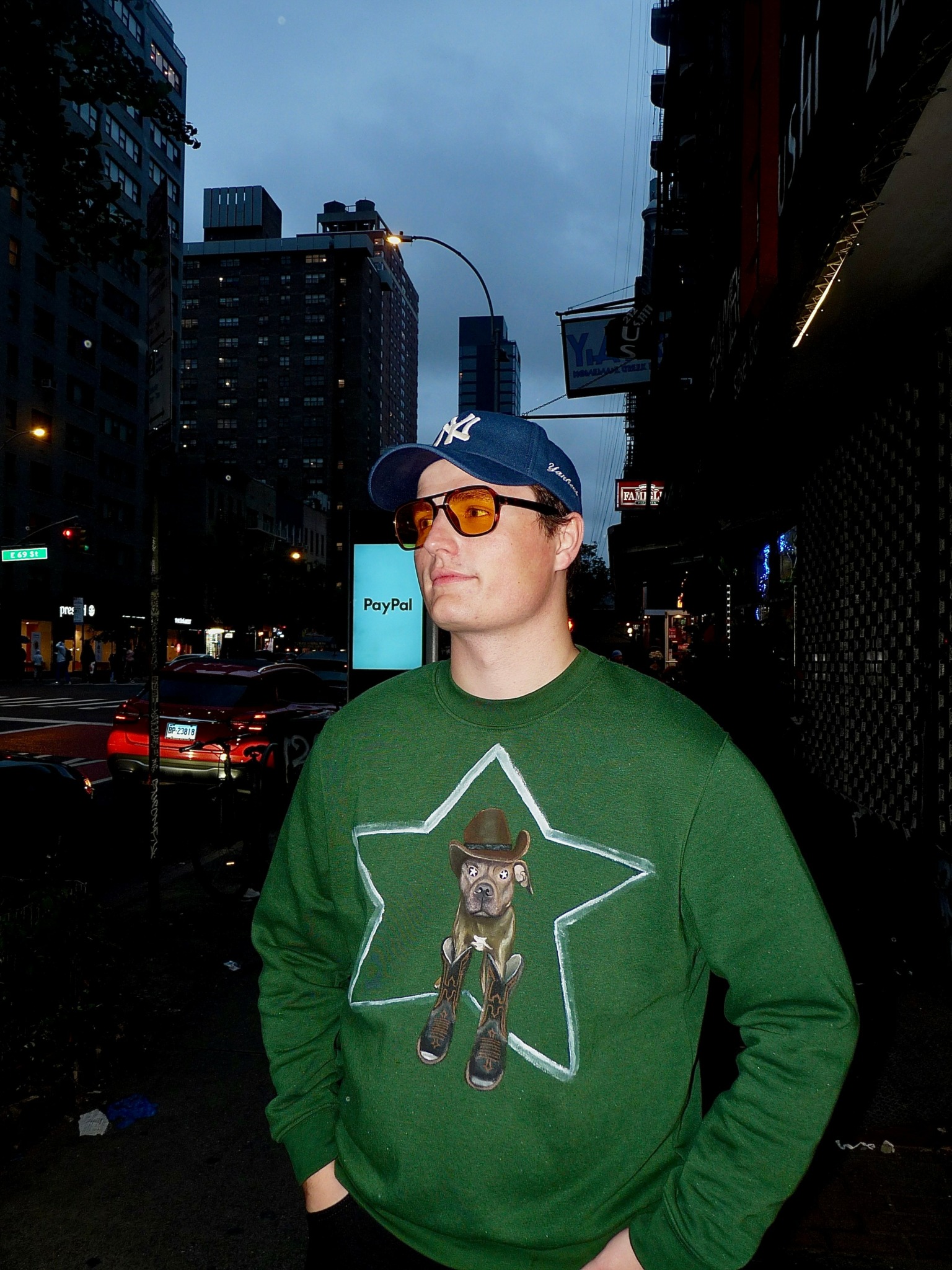
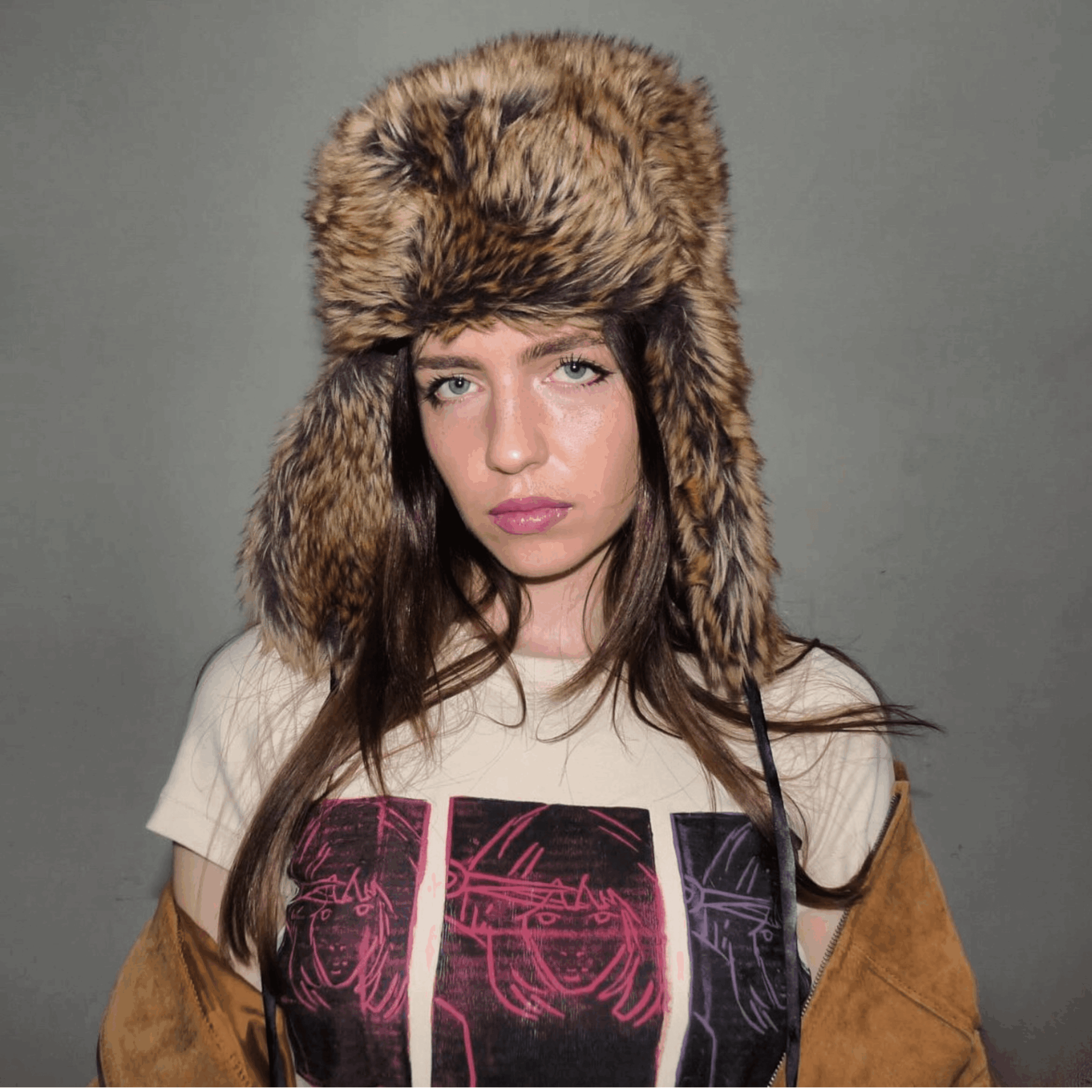
Image Credits
The featured photo was taken by Nesh Productions. All other images are by Naomi Nelson.


